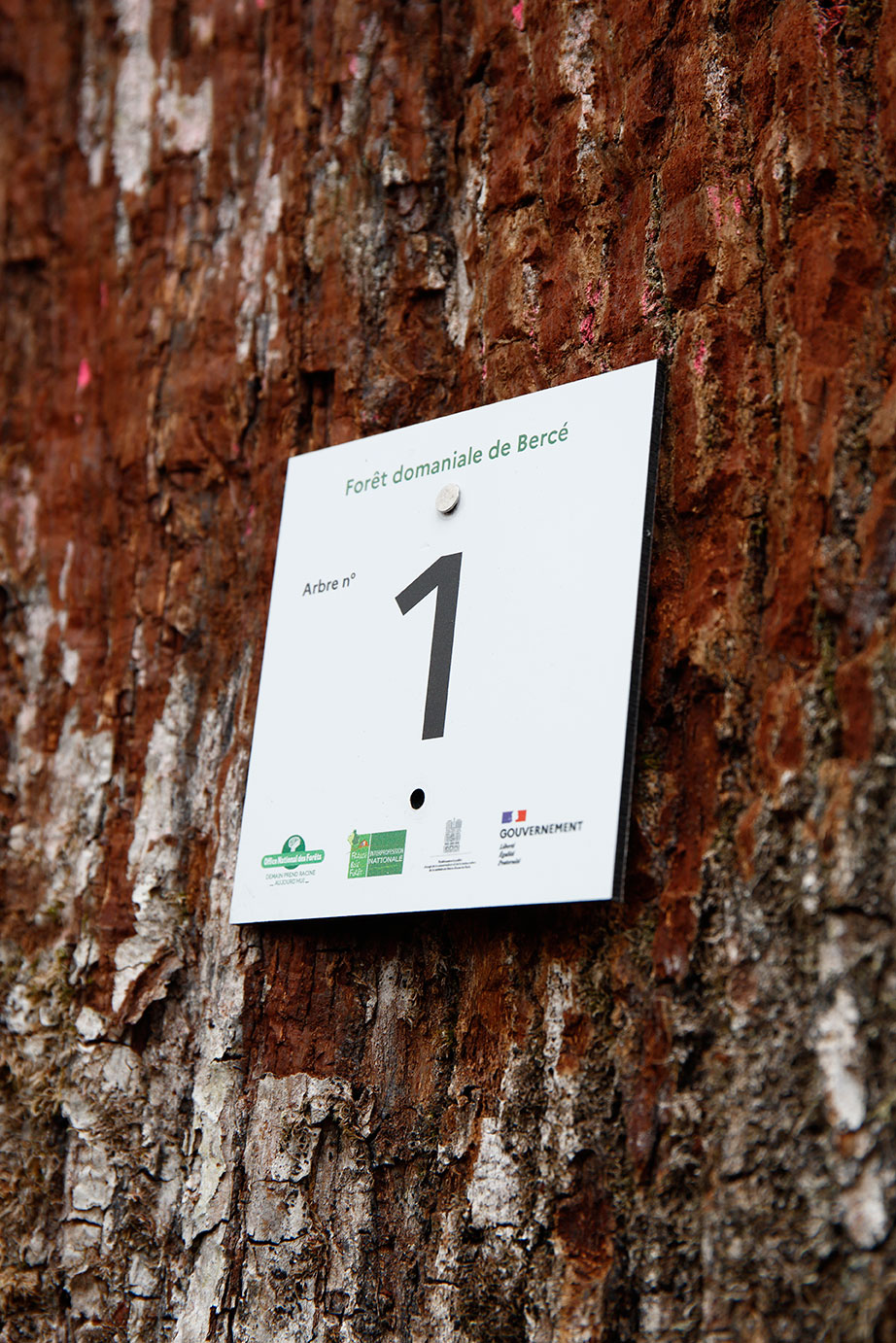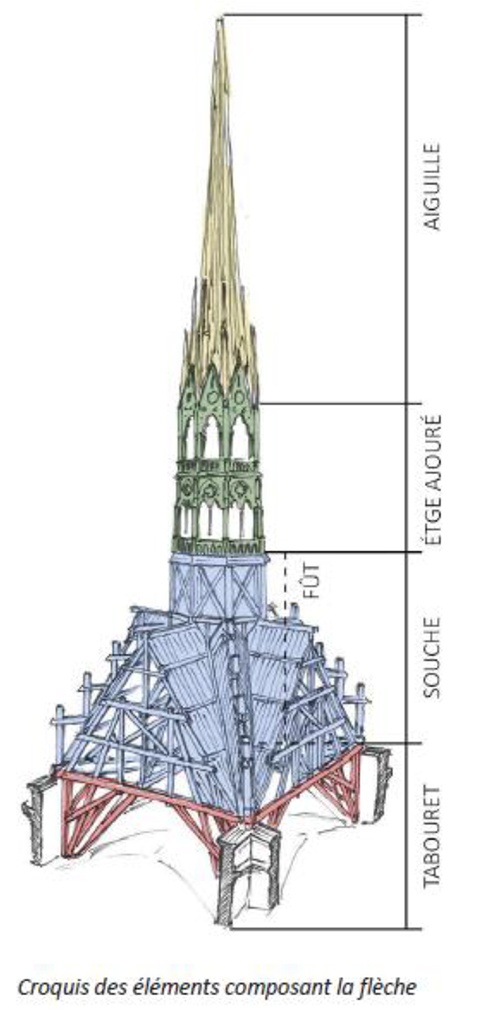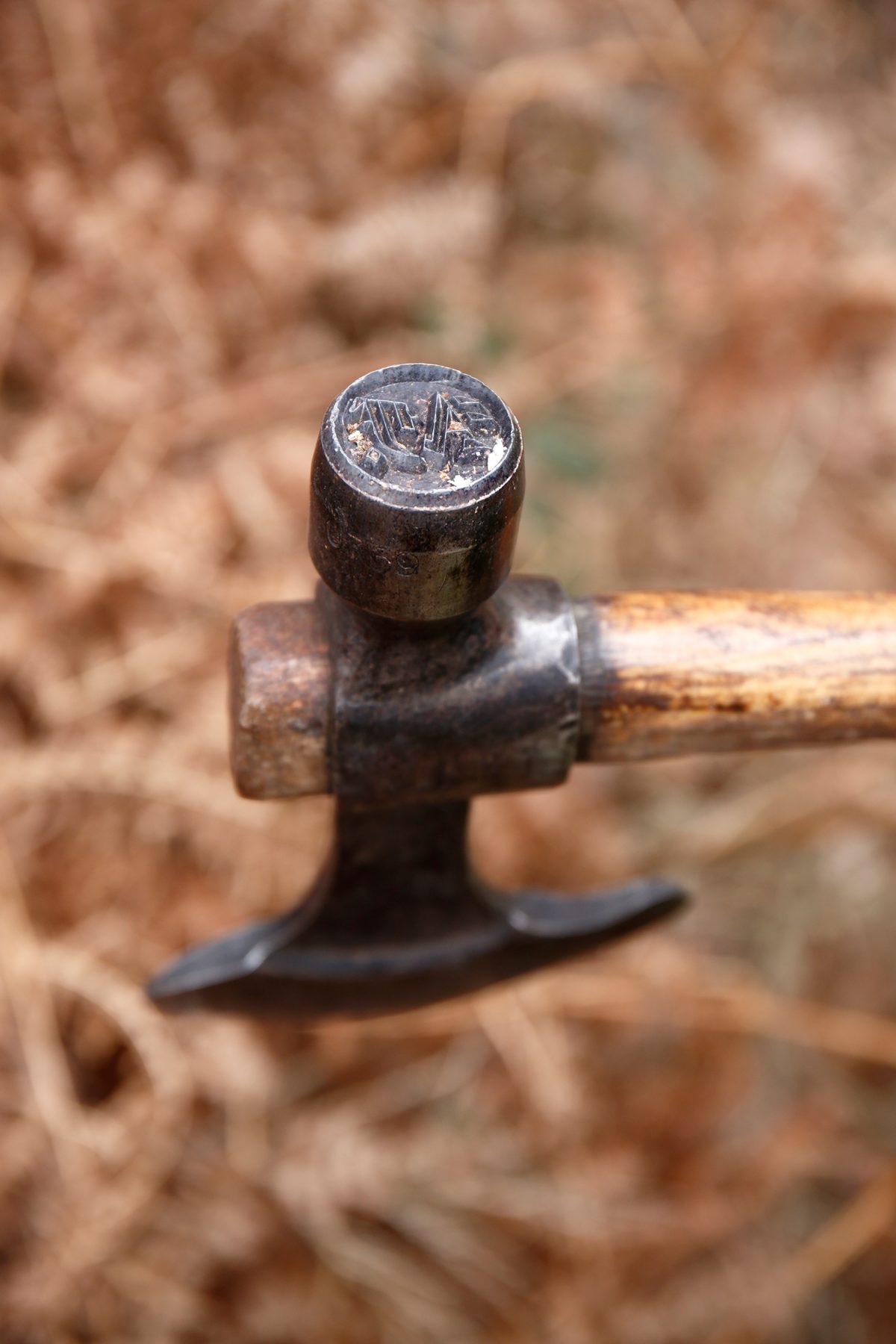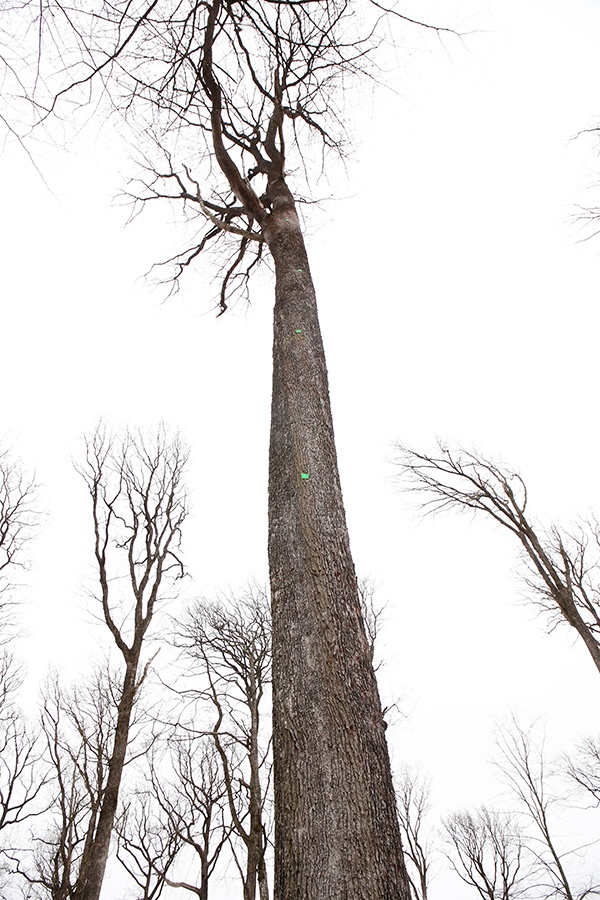Rebuilding Notre Dame
Last Fall while riding bikes through the Forest of Marly we saw some freshly cut oak tress of impressive size. We imagined them to be the new elements for rebuilding Notre Dame. We were a bit ahead in our thinking as the selection of trees has started in March 2021.
Oak trees from French forests will be selected for rebuilding Notre Dame’s own “Forest” and another roughly 1000 for Violet-le-Duc’s wooden steeple. The Forest of the cathedral is the framing that holds up the roof and consolidates the walls. It burned dramatically in 2019. The original medieval beams came from thousands of different oak trees and because of the size of the structure it was a rare architectural work admired by professionals the world over. Beginning 2021 was the time to choose the trees that will be used to rebuild this structure so that they can be harvested by the end of March before the spring growth begins. They will come from all over France from both public and private forests. All regions will be represented, but the majority will come from the regions Grand-Est, Centre val de Loire, l’Île-de-France, Normandie and Bourgogne Franche-Comté simply because they have the best soil and climate for oak trees to grow tall and straight. The first tree was selected in the center of France in the Sarthe department in the former royal forest (foret domaniale) of Bercé. The Bercé was reworked by Colbert in the XVIIth century with the objective of providing trees for shipbuilding. The French ministers of agriculture and culture, other dignitaries and the press were on hand on 5 March 2021 for this important and emotional task. The first tree designated was an oak of 230 years old, one meter in diameter and with a usable trunk 20 meters tall which would be worth 10,000€ on the market. It will become one of the 8 major beams that constitute the base of the steeple and anchor the structure to the masonry. Each of the 8 beams will be 40x40cm and 20 meters long. What a destiny for an already venerable tree which was just an acorn when the first constitution of France was written in 1791. Most of the trees selected will be around 100 years old with perfectly straight trunks of 5 to 14 meters and 50-90cm in diameter.

Un des huit chênes, d’un mètre de diamètre et de plus de vingt mètres de grume utile, nécessaires au tabouret de la flèche, sélectionnés en forêt domaniale de Bercé (Sarthe). © David Bordes / Etablissement public chargé de la conservation et de la restauration de la cathédrale Notre-Dame de Paris
Many of the trees will be donated by the ONF (Office Nationale des Forêts) or private individuals. For example in the Allier department a group of forest owners are donating 50 trees including the labor involved in harvesting and transporting.
“Nous avons préconisé une reconstruction de la charpente dans son matériau d’origine, notamment en raison du caractère authentique et durable du chêne, qui dispose également de la plasticité nécessaire pour supporter les contraintes de l’édifice. La flèche dessinée par Viollet-le-Duc était un ouvrage de charpente complexe, constituée de bois de taille exceptionnelle, que nous devons retrouver aujourd’hui pour assurer sa stabilité. » précise Philippe Villeneuve, architecte en chef des monuments historiques.

Source : synthèse réalisée par les agences de Philippe Villeneuve, Rémi Fromont et Pascal Prunet, architectes en chef des monuments historiques.
The trees will be carefully harvested to be sure they will not be damaged when they crash to the ground where they will spend 3-6 months drying. Then they will be stocked another 12-18 months so as to dry to the proper percentage of humidity. Rebuilding Notre Dame’s Forest will thus commence at the beginning of 2023. And word has it the cathedral will indeed be reopened for visitors and mass by 2024. Notre Dame will then be set, barring future catastrophes, for the next 800 to 1000 years.

Marteau forestier. Avec le tranchant du marteau, un morceau d’écorce est enlevé pour obtenir un « flachis » afin d’y apposer un « poinçon » qui permettre d’identifier l’arbre à récolter. © David Bordes / Etablissement public chargé de la conservation et de la restauration de la cathédrale Notre-Dame de Paris
France has 17 million hectares of the renewable resource that is the forest; that’s nearly one-third of the surface of metropolitan France and twice as much as there were in 1850. France is ranked the 4th most forested of European nation, surpassed only by Sweden, Spain and Finland. There are 136 different species of trees in France. And for once the herculean task of rebuilding Notre Dame can be seen as a drop in a bucket – the 2000 trees needed will be just 0.1% of the annual tree harvest. A very small amount relatively speaking. Investing in forested land either directly or through organized funds is a long term but fiscally interesting feel-good investment.

Premier des huit chênes d’un mètre de diamètre et de plus de vingt mètres de grume utile, nécessaires au tabouret de la flèche, sélectionnés en forêt domaniale de Bercé (Sarthe). © David Bordes / Etablissement public chargé de la conservation et de la restauration de la cathédrale Notre-Dame de Paris
Coming across these majestic trees in the forest is always a thrill. There are 132 officially designated remarkable trees in Ile-de-France, many in Paris Here’s a map. The closest forests to Paris where you can try to hug some of these remarkable trees are the forests of Saint Germain en Laye, Rambouillet, Fontainebleau, Sénart, Villefermoy or Armainvilliers. You’ll need to bring along some friends though to encercle their massive trunks.
Remarkable trees in France https://fusac.fr/remarkable-trees-in-france/
Bike ride in the Forest of Senart https://fusac.fr/explore-new-territory-on-your-bike


